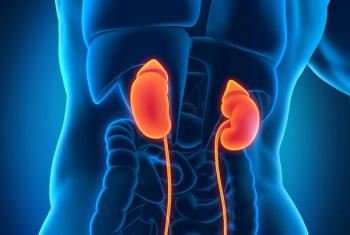
An expert from the University of Texas MD Anderson Cancer Center discussed kidney cancer treatment updates from a recent medical conference.

Your AI-Trained Oncology Knowledge Connection!


Russ Conroy is an Associate Editor for CancerNetwork. He grew up in Hillsborough, New Jersey, and graduated from Rutgers University-New Brunswick in 2022.
On the weekends, he likes to unwind by playing video games with friends, tailgating at Rutgers football games with his family, or building his music collection with a visit to Princeton Record Exchange.

An expert from the University of Texas MD Anderson Cancer Center discussed kidney cancer treatment updates from a recent medical conference.
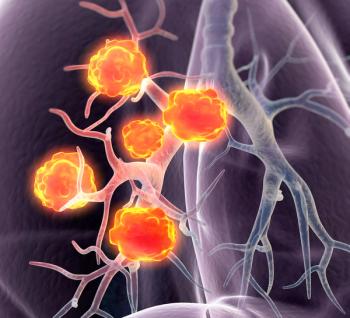
Findings from the phase 3 Neotorch trial indicate that toripalimab plus chemotherapy has met the primary end point of event-free survival among patients with operable non–small cell lung cancer.
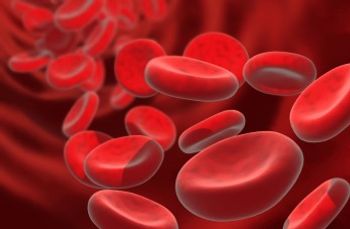
Patients who are set to undergo autologous hematopoietic stem cell transplant following induction chemotherapy may have poor mobility across several domains vs an age-matched control group.

Findings from the phase 1/2 CA001-030 study indicate that BMS-986012 in combination with nivolumab is well tolerated among patients with small cell lung cancer.
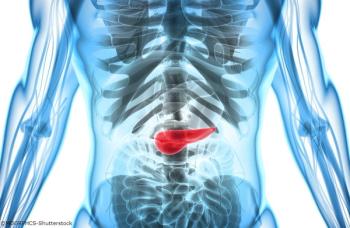
The FDA grants orphan drug designation to investigational G-quadruplex transcription inhibitor QN-302 for pancreatic cancer.

An expert from Natera indicates that post-operative ctDNA level may have strong prognostic and predictive value in patients with resectable colorectal cancer.
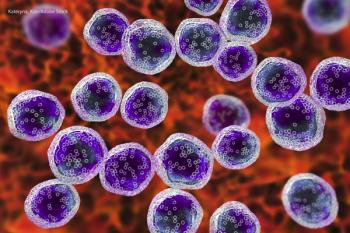
LP-284, which now has orphan drug designation from the FDA for mantle cell lymphoma, yielded positive preclinical data at the 2022 American Society of Hematology Annual Meeting and Exposition.

Patients with HER2-positive breast cancer and triple-negative breast cancer may not require breast surgery if a pathological complete response can be identified using image-guided vacuum core biopsy following neoadjuvant systemic therapy.

During the 2022 Society for Urologic Oncology (SUO) Annual Meeting, an expert from the Baylor College of Medicine, discussed how perceptions around the use of testosterone therapy have evolved for patients with metastatic prostate cancer.
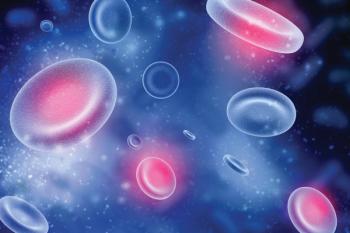
In a population of patients with patients with mantle cell lymphoma and follicular lymphoma, zandelisib plus zanubrutinib did not increase the rate or severity of class-related adverse effects.
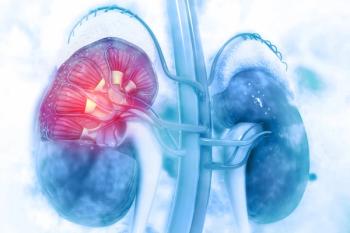
Data from a meta-analysis suggest that single-fraction stereotactic ablative body radiotherapy could result in a lower incidence of local failure than multifractionated radiation in patients with renal cell carcinoma.
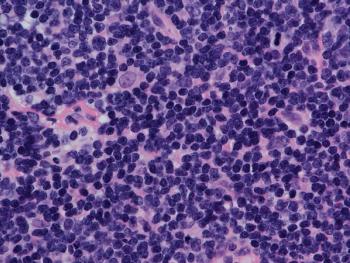
Lenalidomide plus rituximab consolidation therapy prior to bendamustine/rituximab induction did not significantly improve progression-free survival in patients with mantle cell lymphoma in the phase 2 NCTN E1411 trial.
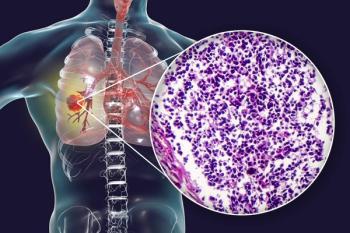
The National Medical Products Administration of China gives approval to mobocertinib for patients with non–small cell lung cancer harboring EGFR exon 20 insertion mutations.
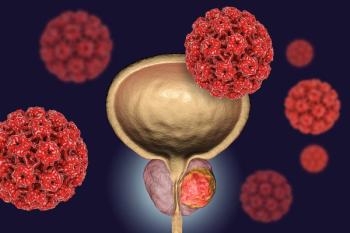
Patients with metastatic prostate cancer and dysphagia or difficulty swallowing may benefit from TAVT-45 compared with abiraterone acetate tablets.
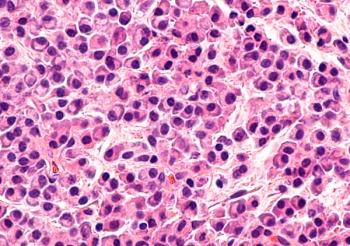
Findings from the phase 1b/2 NEXICART-1 study indicated that NXC-201 produced complete responses in 6 evaluable patients with relapsed or refractory AL amyloidosis.
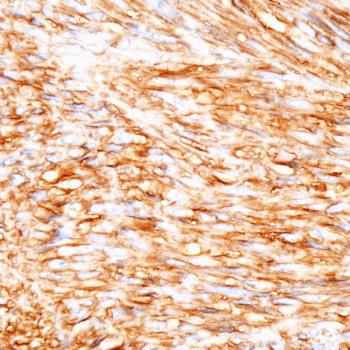
Findings from the phase 3 INTRIGUE trial highlighted improved median progression-free survival in patients with KIT exon–mutated gastrointestinal stromal tumors compared with sunitinib.
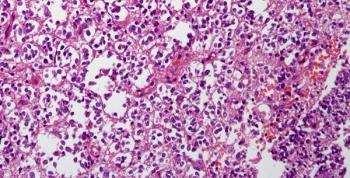
Data from the phase 2 FIREFLY-1 trial indicated that tovorafenib yielded responses among pretreated patients with recurrent or progressive pediatric low-grade glioma.
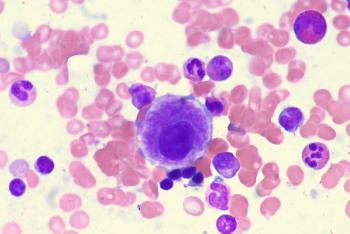
Imetelstat demonstrated clinically meaningful and statistically significant improvement in transfusion independence at 24 weeks among patients with myelodysplastic syndrome in the phase 3 IMerge trial.
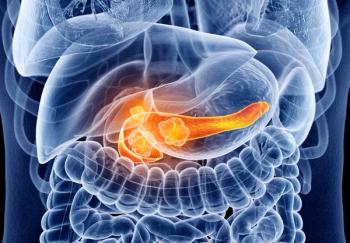
Among patients with metastatic pancreatic ductal adenocarcinoma, mitazalimab plus chemotherapy yielded a positive objective response rate in the phase 2 OPTIMIZE-1 trial.
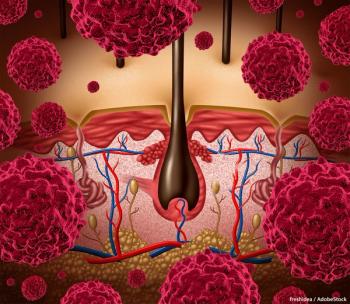
The biologic license application for cosibelimab for patients with metastatic or locally advanced cutaneous squamous cell carcinoma is supported by findings from a phase 1 study.
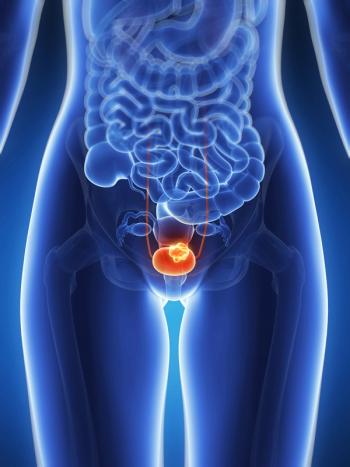
BT8009 monotherapy, which received fast track designation from the FDA, may be beneficial for adult patients with locally advanced or metastatic urothelial cancer.
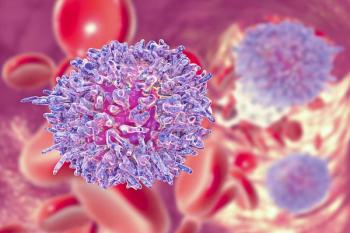
The Japanese approval of acalabrutinib for the treatment of patients with treatment-naïve chronic lymphocytic leukemia was supported by data from the phase 3 ELEVATE-TN trial.

The biologic license application for toripalimab plus chemotherapy for the treatment of recurrent or metastatic nasopharyngeal carcinoma is expected to be resubmitted by mid-summer 2023.

The phase 3 NEPTUNE study indicated that durvalumab plus tremelimumab did not reach an amended primary end point of improved overall survival among patients with metastatic non–small cell lung cancer with a blood tumor mutational burden of at least 20 mut/Mb, though the combination did yield a numerical reduction in risk of death.
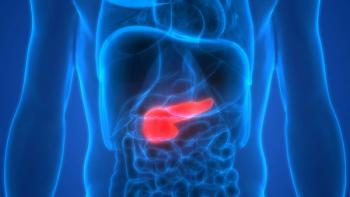
Data from the phase 1/2 CodeBreaK 100 trial indicated that 84% of patients with KRAS G12C-mutated pancreatic cancer treated with sotorasib experienced disease control.
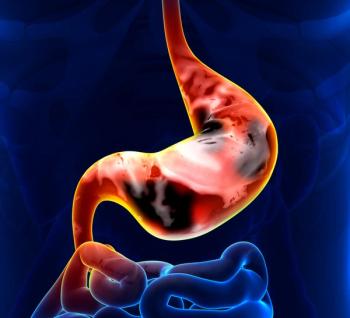
Topline results from the phase 3 GLOW trial indicated that zolbetuximab plus CAPOX yielded a statistically significant increase in progression-free survival over placebo/CAPOX.

The study’s lead author explained that using rezafungin may avoid some of the negative drug interactions associated with other anti-fungal drugs in patients with cancer.
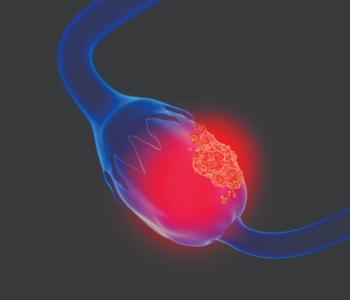
Findings from the phase 3 NORA study identified a numerically longer median overall survival among patients with platinum-sensitive recurrent ovarian cancer treated with maintenance niraparib regardless of BRCA mutation status.

Data from the phase 3 PEARL trial indicated that durvalumab yielded a clinically significant improvement in overall survival but did not meet statistical significance among patients with stage IV non–small cell lung cancer with high PD-L1 expression.

Olaparib in combination with abiraterone and prednisone or prednisolone alone has been approved as treatment for metastatic castration-resistant prostate cancer in the European Union.